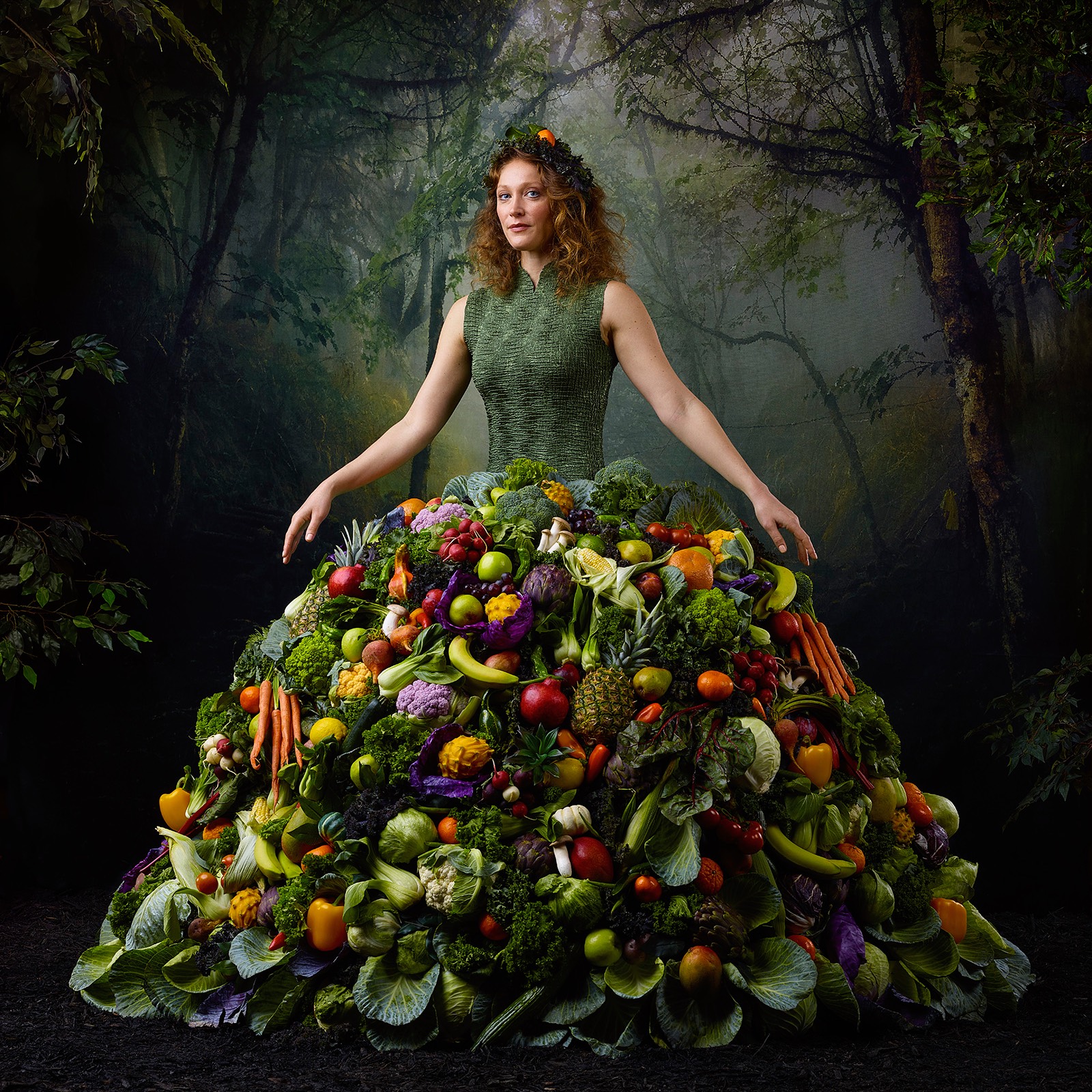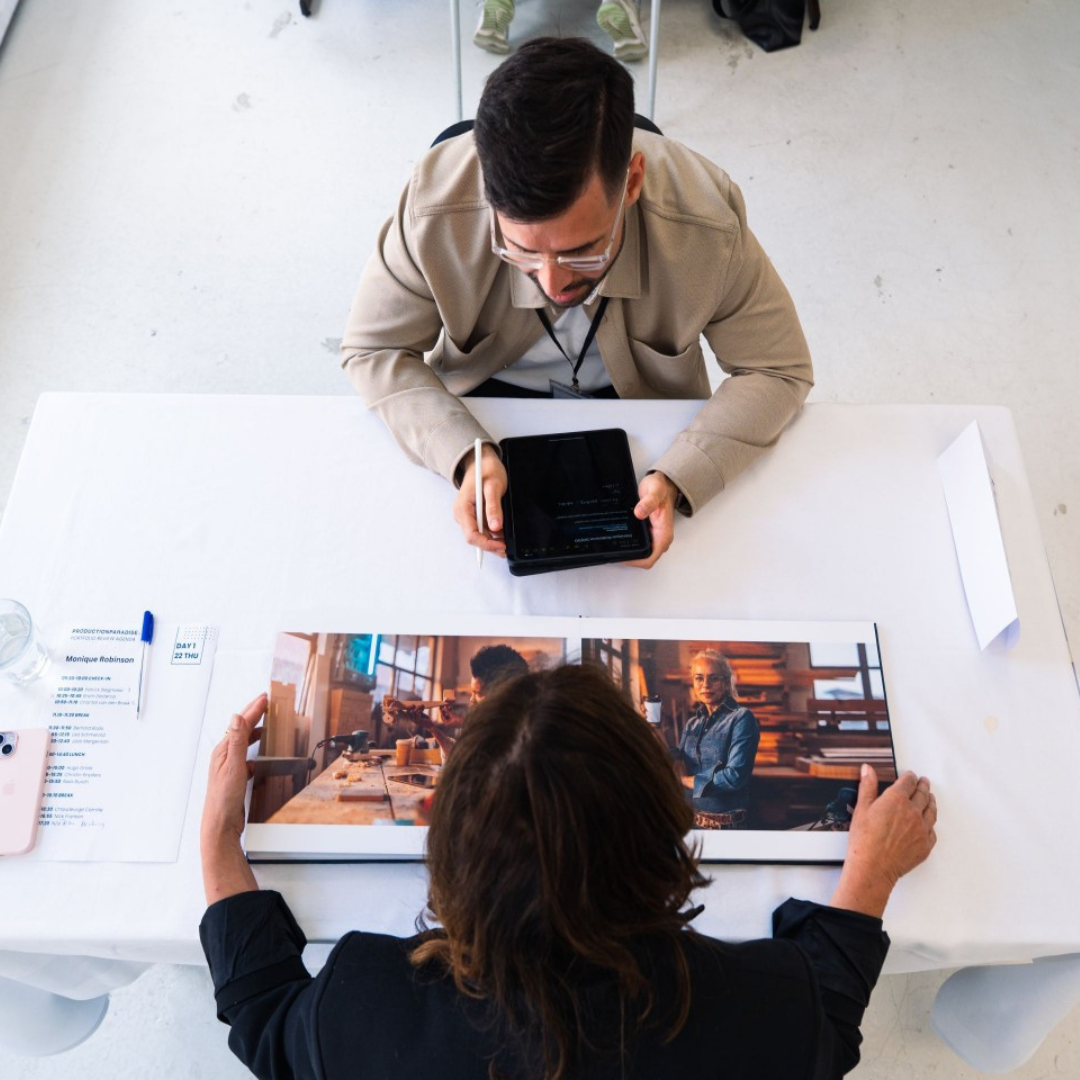Linnea Gidlöf is a creative director and designer known for her bold visuals and human-centered storytelling. Currently Head of Brand & Creative at Studio Constance, she brings a versatile background shaped by roles at leading agencies and brands—including Senior Digital Art Director at Rituals and Desingner at DDB. Her experience spans agency, brand, and editorial work, with a creative philosophy rooted in adaptability, simplicity, and collaboration. Early in her career, Linnea learned the value of scrappy, imperfect projects—fueling her passion for creative flexibility and inclusive teamwork. She has also serves as a judge in the Beauty and People & Lifestyle categories of the Spotlight Awards. We spoke to Linnea about her creative journey, leadership approach, and what inspires her most in today’s evolving visual landscape.
What’s the biggest challenge you’ve faced, and how did you overcome it?
Early in my career I had a romanticised view of the industry. I assumed that working with the coolest agencies or hottest brands was the golden path. I quickly learned that swag doesn’t guarantee creative fulfillment. It was the smaller, scrappier projects that taught me the most: how to build resilience, navigate complexity, and make peace with imperfection. They gave me room to fail, iterate, and grow. I realized humility, curiosity, and a commitment to high standards are far more valuable than prestige, and they make you not just a better creative, but a better collaborator.
What skills do you believe are most critical for success in this role?
Creative confidence, the courage to stand by an idea and the clarity to articulate its value. The landscape is always shifting, so adaptability is key. New tools, new platforms, new trends, you need to keep up and let what’s happening in the world shape your instincts. And above all, simplicity. The strongest concepts are the ones you can express in a sentence or better, a single striking visual.
What do you believe is the role of creativity in shaping society and culture?
Creativity isn’t just for a selected few, it’s a human impulse. It influences how we talk, what we wear, how we build cities - just about how we do anything in life. It reflects who we are. It’s the driving force behind change. Calling someone “not creative” totally misses the point, creativity is what makes us human.
How do you find inspiration outside of your industry?
I get inspired by the unexpected, tech breakthroughs, food trends, architecture, subcultures popping up everywhere. While I love the idea of finding creativity in quiet nature, honestly, most of my inspiration comes from the wild, messy brilliance of the internet. It’s where different worlds crash into each other, and where I discover fresh voices and styles that shake things up.
What role does research play in your creative process?
Research is where the magic begins. It’s the wide-open space before ideas form, where anything is possible. I dive into context, cultural cues, and visuals, and start spotting surprising connections. It’s not just about knowing your audience, it’s about feeding your gut with lots of diverse info so your ideas feel grounded, not just reactive.
How do you measure your success beyond traditional metrics?
Working in e-commerce taught me data is important, clicks, conversions, engagement, those numbers matter. But success in creativity is also about pushing yourself, taking risks, and making work you’re proud of. That feeling of growth, stretching yourself, is way harder to measure but just as real. Sometimes, success is just knowing you created something new that really connected.
How do you ensure all voices on a team are heard during the creative process?
It’s essential to create a space where hierarchy doesn’t shut people down. The best insights often come from unexpected places. As a creative leader, I try to make it okay for ideas to be messy and open. We brainstorm without judgment, let things unfold, and trust that clarity will follow. Inclusion isn’t just a value, it’s a strategy for better work.
How do you handle disagreements or creative conflicts within a team?
The key is leaving egos at the door. Conflicts happen, and that’s okay. The goal isn’t to win, it’s to make the work better. I try to stay objective and empathetic, thinking about what’s best for the idea, the audience, and the outcome. Every situation’s different, but respect and a shared purpose keep collaboration strong.
What makes for an ideal collaboration?
When everyone brings energy, humility, and ambition to the table. Great collaboration happens when we feel safe to challenge each other but are also generous enough to build on each other’s strengths. It’s about respect, complementary skills, and believing in what you’re creating together. You don’t all have to agree, but you do all have to care.
What’s one piece of advice you wish you could give your younger self?
Stop trying to choose a lane so early. Flexibility is a strength, not a flaw. I’ve worked as both a designer and an art director, and for a long time I thought I had to define myself as one or the other. But moving fluidly between roles has made me more dynamic, more empathetic, and more effective. Your path doesn’t have to be linear to be meaningful.
How do you typically discover new creative talent, photographers, stylists, assistants for your shoots?
It’s usually pretty organic. I find people through whatever I’m consuming, Instagram, exhibitions, street style, a line in a book, a scene in a movie. I keep my eyes open all the time. The internet’s like a treasure map if you know where to look. I have my favorite go-to corners of the web where innovative content consistently fuels my thirst for inspiration.
From embracing creative chaos online to rejecting one-track career paths, Linnea Gidlöf reminds us that the strongest ideas often come from uncertainty—and that meaningful work requires both heart and flexibility. Her human-first approach to collaboration and deep respect for curiosity make her not just a standout creative, but the kind of leader who shapes culture, not just campaigns.
Spotlight Awards 2025 are now open for entries until the 31st of July, 2025, offering photographers worldwide a chance to compete in 15 categories judged by top industry professionals, with over $55,000 in prizes and global recognition.


%20(2100%20x%20405%20px).png)


